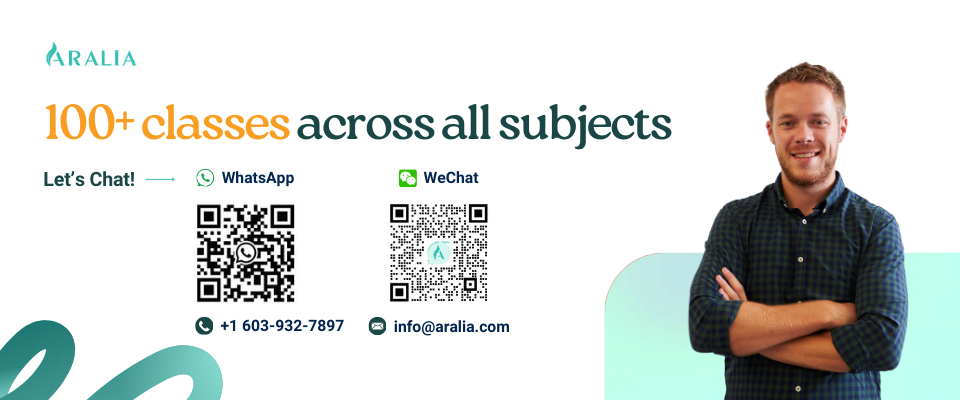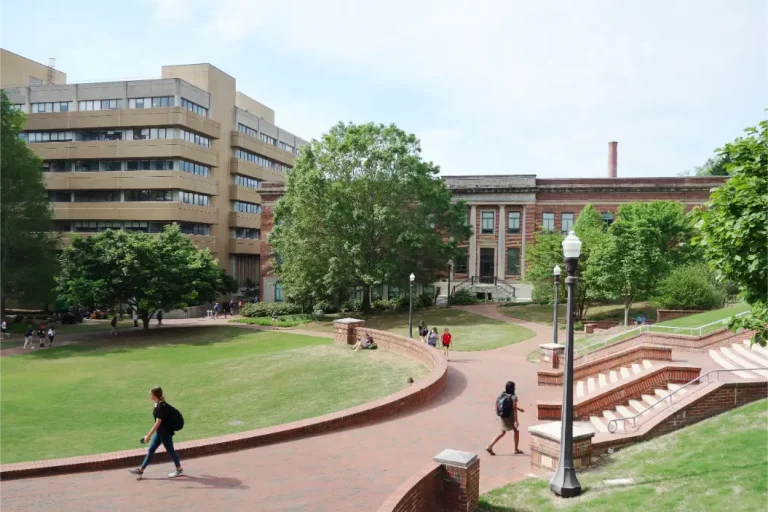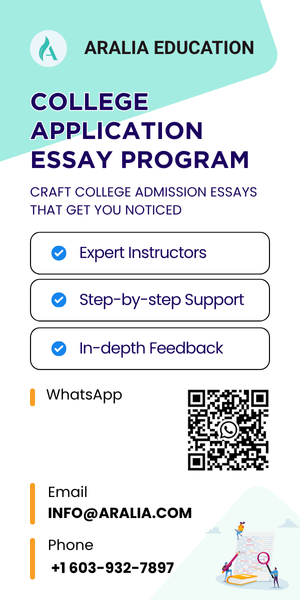Multicultural Society
Attending high school in Canada means entering a society that embraces diversity. The country is home to people from all around the world, and its cities are among the most multicultural globally. In the classroom, this translates to exposure to varied perspectives, cultures, and worldviews. This will prepare students to become open-minded and globally aware citizens. Schools actively celebrate multiculturalism through events, language clubs, and curriculum choices that reflect the country’s range of histories and identities.
Diverse Education Systems
Canada offers a uniquely diverse educational experience. Each province and territory govern its education system, resulting in a variety of school structures, course offerings, and academic paths. For example, while most provinces follow a K-12 model, Quebec students complete high school in Grade 11 and then attend CEGEP (a two-year college) before entering university. Similarly, school grade divisions vary, some regions offer K-8 elementary and 9-12 high school, while others split into elementary, junior high, and senior high. This variety of options allows students to find an environment that suits their academic and personal development needs.
Compared to the U.S., Canadian high schools often place less emphasis on standardized testing. There are no SATs or nationwide entrance exams for university; instead, students are assessed based on coursework and, in some provinces, provincial exams, such as Alberta’s diplomas. Schools typically offer various academic pathways, including university-prep, college-prep, and workplace-prep courses, providing students with more control over their learning. Block scheduling is also common, allowing students to focus on fewer subjects per term with more extended class periods. While Canadian high schools may not focus as heavily on school sports culture or large-scale events like homecoming, they foster a balanced and inclusive environment that prioritizes both academic growth and well-being.
Aralia Empowers Students from Canada
Academic Excellence
One of the key reasons families choose Canada is the country’s consistent track record of academic excellence. Canada ranks among the top-performing nations in education globally. In the latest Programme for International Student Assessment (PISA 2022) by the OECD, Canadian students outperformed their peers in the U.S., the U.K., Australia, and New Zealand in reading, math, and science.
Canada is currently ranked 4th in the world for education quality (U.S. News & World Report, Best Countries for Education, 2024), making it one of the most reliable choices for parents seeking a rigorous and future-focused secondary school experience for their children.
Canadian high schools are designed to nurture academic success, foster personal growth, promote independence, and cultivate global readiness. Students benefit from well-rounded programs that combine strong academics with extracurricular involvement, leadership development, and cross-cultural understanding. Schools are equipped with modern facilities, qualified teachers, and personalized support systems that help international students thrive both academically and socially.
Moreover, international high schools across Canada offer world-class curricula in welcoming environments tailored to students from abroad. To explore top options for international students, read Aralia’s article: Top 10 International High Schools in Canada.
Safe and Inclusive Environment
Canada is known for its safety, multiculturalism, and respect for human rights. International students often describe Canadian schools as welcoming and inclusive. Canada has long been a popular destination for immigrants from around the world. In addition, the country has established a robust system to help immigrants acclimate to life in the country, particularly through a comprehensive range of government-funded settlement services. With diverse communities and strong anti-discrimination policies in place, students can feel supported and accepted regardless of their background.
Pathways to Top Universities
Graduating from a Canadian high school opens doors to top universities not only in Canada but around the world. Various high schools offer internationally recognized programs, such as the Advanced Placement (AP) and International Baccalaureate (IB) programs, as well as dual-credit options, which give students a competitive edge in college admissions.
Canada is home to some of the world’s most respected institutions, including the University of Toronto, McGill University, and the University of British Columbia. To explore more about what makes these institutions stand out, check out Aralia’s in-depth article: What Are the Best Universities in Canada?
Enroll in Aralia’s Comprehensive Classes
Language Opportunities
Canada is a bilingual country with two official languages, English and French, offering unique opportunities for language development and cultural enrichment. Whether students attend English-language schools, French-language institutions, or bilingual programs, they have the chance to build strong communication skills. In provinces like Quebec or New Brunswick, French immersion or francophone schools are widely available. Language learning is often integrated into everyday life and supported by schools through structured programs, international language certificates, and cultural exchanges. Mastering a second language in high school not only enhances cognitive abilities but also opens doors to careers in international relations, business, diplomacy, and other fields.
Choosing to pursue a high school education in Canada means entering an academically strong, culturally diverse, and student-centered environment. With flexible educational pathways, globally respected programs, a safe and inclusive society, and bilingual options, Canada prepares students for both higher education and life beyond the classroom. Whether your goal is to attend a top university, gain real-world skills, or broaden your global perspective, Canada offers the foundation you need to succeed.









